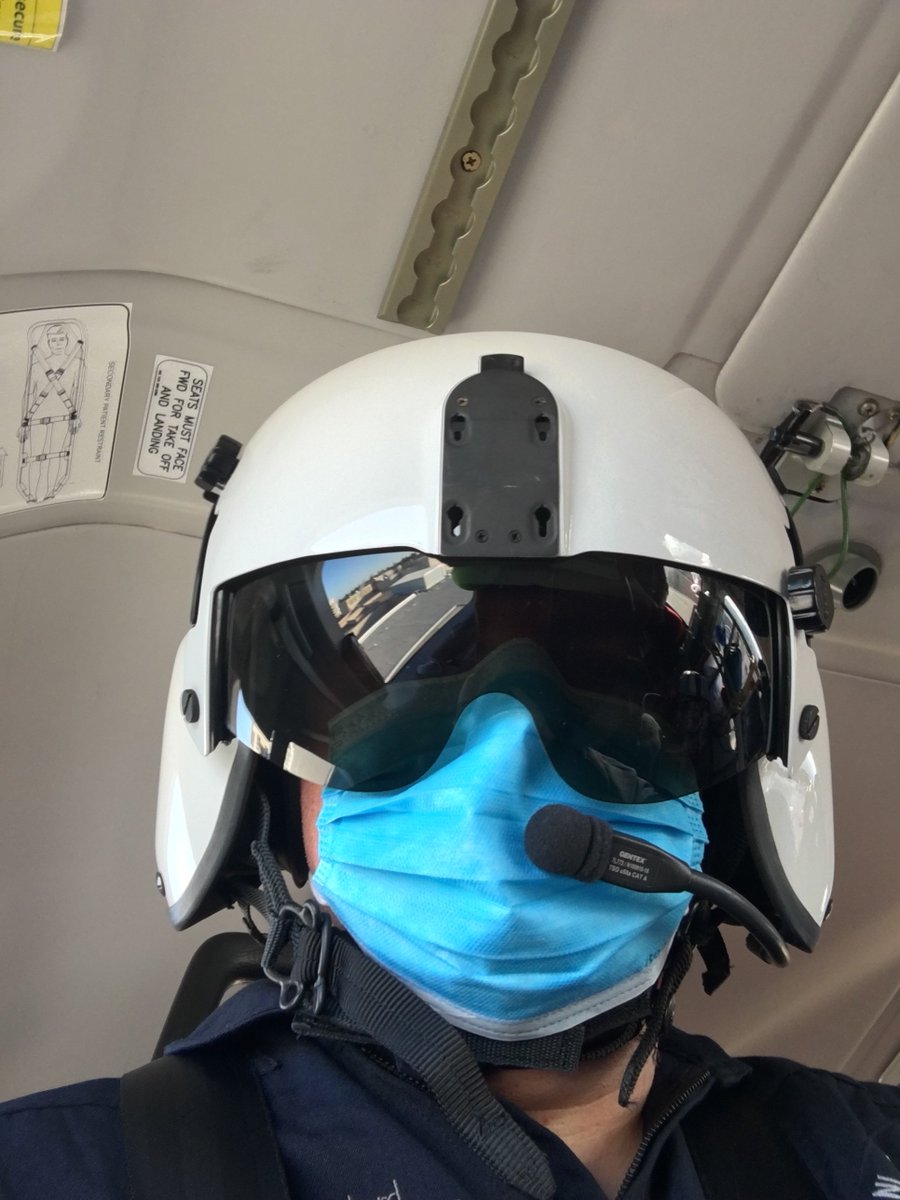
Having followed @TrentTelenko deconstruction of logistical doing of the Russian Army, I wanted to take a minute to break down this medical evac aircraft with what is going on.... A 🧵 #Evac #medivac #nursing #Ukraine #medical #transport #Criticalcare
https://twitter.com/Flash43191300/status/1560689771067867144
Aeromedical evacuation of sick patients is a logistically complicated task. My direct experience is is slightly over 2 decades and involves pediatric fixed wing, rotor, and ground critical care transport. TO be clear I have performed this level of large scale evac. 

Rotor wing transport is ideal in certain circumstances. It is relatively quick and can operate from point to point. ITs disadvantage is that it is unpresurized, has more weather and weight restrictions. The US Military has a robust Casualty evacuation (CASEVAC) or dustoff 



Fixed wing is very fast, it is pressurized, and there are less with, range and weather restrictions. Unless you are flying to a base with a hospital it will involve a second ground leg to get to the destination hospital. Planes can be small (1 patient) or large 50-100+ 



Looking at the Russian transport. This is the forward view. We see 4 high stretchers, and injured on benches. These are stable patients that will require little attention. However, medical issues can and do pop up so some level of monitoring will be needed 

The sicker patients are to the rear. In the case of the video, looking aft we see the truly sick patients. The litters are double stacked and lets break down the lower patients and what is going on. 

The Red Box at the base with the screen is a Hamilton T1 Ventilator The T1 is the top of the line for transport vents. It has a turbine so a medical air source is not needed and can do neonatal up to adult modes and others like APRV. They run at $55,000 US. 

The upper left most likely is the PIP (Peak inspiratory pressure or highest pressure during a cycle) setting and looks to be 27 cmH2O. Typical is about 20 in peds so this is no too high. the red tube snaking away carries the inhalation and exhalation tubing 

Located above that is a syringe pump. They deliver hyper precise amounts of medications. Given the med is white it is most likely Propofol or Diprivan or "Milk of Amnesia" it is a sedative and its biggest befit is that it has a short half life which means it metabolizes quickly.. 

This allows you to get a baseline us-sedated assessment of the patient quickly. Its side effects we worry about on transport are primarily respiratory depression and low blood pressure. Presuming an 80kg pt at 50 mcg/kg/min this syringe would need to be changed in >1 hour
Sitting above the patient appears to be an Alaris MedSystem III Multi-Channel Infusion Pump which is a large volume IV pump. Its odd the propofol is not on it. This would deliver fluids etc. the green glow below that may be another medical device 

The Grey box to the right of the patients head is a suction regulator. This provides suction to clear the breathing tube as well as to any chest tubes / drains 

Lastly to the upper right is most like the cardio respiratory monitor that registers real time vital signs. In transport you cannot hear the alarms so you watch the monitors and more importantly the patient. You always treat the patient not the monitor 

Going back to the larger shot. The upper patient is also most likely intubated and on a ventilator and also has propofol running 

Thank you for getting this far. The transport of medical patients is a complex, logistical challenge. My hat is off to the staff on these flights. One patient can be a huge challenge in the air, I cannot imagine a hospital full
@propandkerosene is experienced in the use of Propofol as well
FULL DISCLAIMER this should have read I HAVE NOT DONE THIS TYPE OF LARGE SCALE MEDICAL EVAC my critical care transports are one patient per. I apologize for the typo
FULL DISCLAIMER there is a typo in the second post it should have read I HAVE NOT DONE THIS TYPE OF LARGE SCALE MEDICAL EVAC my critical care transports are one patient per. I apologize for the typo
So based on a few comments and some DM's, I want to be clear that this is not and was not intended to be a political post in any way shape or form. It was a breakdown on what I saw on the 6 second video clip. SO please do not assume any political slant etc
So I think I have ID the syringe pump. It looks like a Terumo Terufusion terumo-europe.com/en-emea/produc…
• • •
Missing some Tweet in this thread? You can try to
force a refresh








